Happy New Year to you all! We hope that this year will be full of sharings, news and knowledge in the Electrical Engineering Community.
Let’s start with this nice article by AHand a member of the community. Last time he told us about visual inspection and functional tests which are basic MV switchgear testing principles. Today he’s back with another type of testing: mechanical tests.
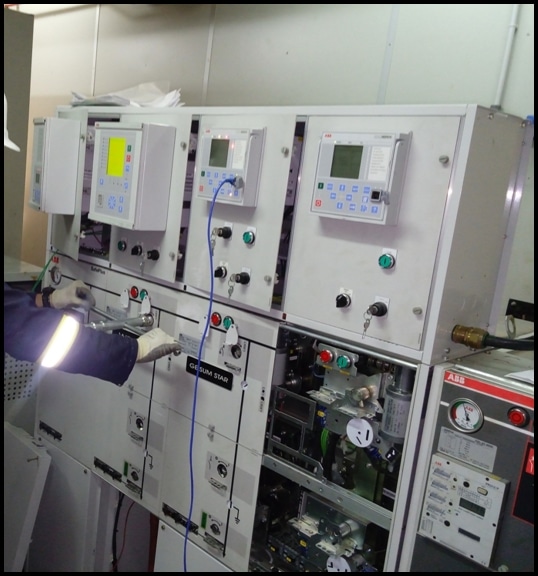
Figure 1 Operator switching the switch-disconnector manually during site acceptance tests.
Medium voltage switchgear mechanical tests
As an integral step in site acceptance tests, mechanical tests are usually done with the functional tests to test proper signalling and interlocks and save time. In mechanical tests, the commissioning engineer performs mechanical switching of the switching devices, charges the circuit-breaker spring manually with the crank, withdraws the switching device from rack-in to rack-out to test and service positions, and these tests also include testing mechanical interlocks and key pads to make sure they are operating without any trouble.
To start these tests, one should prepare a torque wrench, a multi-meter, a test screw driver and the proper cranks and mechanical switching equipment.
In figure 1, the operator is testing the mechanical switching of a switch-disconnector, he is using the unique shaft that arrives with the switchgear package.
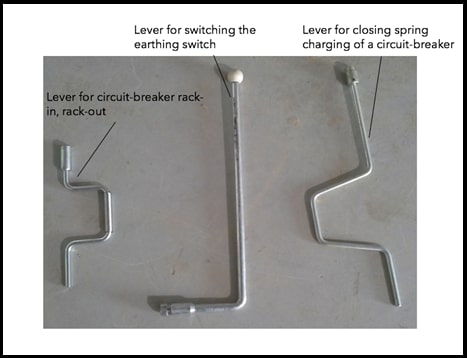
Figure 2: different lever types for mechanical switching and rack-in, rack-out functions
The mechanical switching action is usually reflected in many different parts of the switchgear, it may create a signal that is displayed on the protection relay display, it may create a signal that appears as on a LED or it might prevent another switching element from closing or another mechanical arm or door from operating.
Keylocks
One of the most common and simple forms of a mechanical test is to test the operation of the locking keys, before delivering them to the plant operator.
In this case, the keys when turned ON, prevent the operator from switching the device.
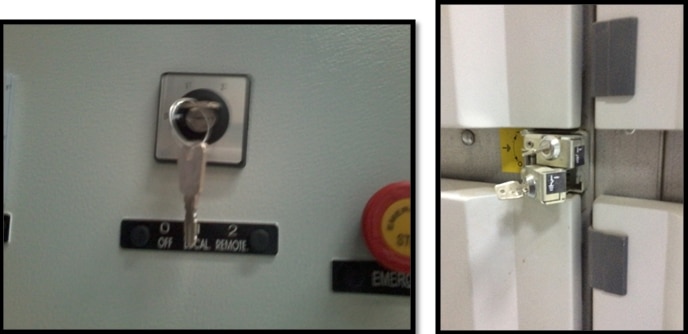
Figure 3: different keylocks. Key lock for local/remote operation (left) and double keylock for earthing switch (right) to prevent single operator operation
Mechanical interlocks between the switching device and earthing switch
There are some essential interlocks in medium-voltage switchgear like the interlocks between the earthing switch, switching element (circuit-breaker or disconnector).
When the earthing switch is switched ON, this means that any power is directed towards the earth and it becomes safe for a technician to work in the cable compartment. As a result, a mechanical interlock is installed in the cubicle to prevent the circuit-breaker from racking-in (remains in test position), when the earthing switch is ON.
In case the circuit-breaker is racked-in and switched ON, the mechanical interlock between the circuit-breaker and the earthing switch will prevent the operator from switching ON the earthing switch and will prevent the opening of the cable and circuit-breaker compartments.
Mechanical interlock between switching devices of different cubicles
In some cases, it is desired to prevent the simultaneous operation mechanically instead of electrically, so mechanical interlocking elements are installed between different cubicles.
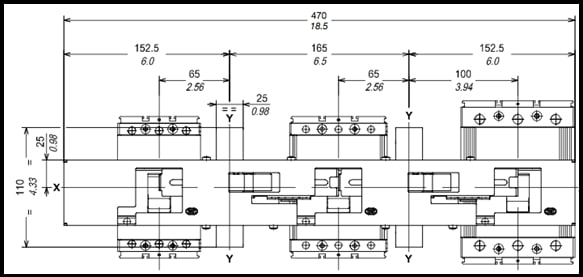
Figure 4: front interlocking plate to interlock between three low voltage circuit-breakers of different cubicles
Withdrawable voltage transformer set
Voltage transformers installed in medium-voltage switchgear compartments are placed in sets of three in a withdrawable box with wheels. Upon racking the whole set in, the voltage transformers become electrically connected from the primary side and by connecting the front socket, the secondary side becomes connected to the control wiring.
The mechanical test is quite simple but important, the transformers are racked-out and in a couple of times to make sure that the process is smooth, because sometimes the wheels are not functioning well, and it might be difficult to rack the set of transformers, or they might not make good electric contact with the primary busbars.
A bad contact with the live primary busbar during operation is a totally undesired situation.
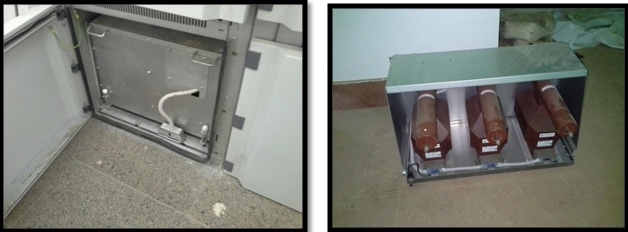
Figure 5: voltage transformers racked-in (left), voltage transformers racked-out (right). Usually a ramp is used to rack-out the voltage transformers
Thanks for reading me,
AHand
What do you think of this phase of MV testing?
Great tutorial. I read your full article and get some essential information about torque wrench using tips and ideas. This is a very good brand tool. The torque wrench is the best lighting tools for a screw. I learn how to use a torque wrench to read your post. Really you are so creative. I am trying to follow your technique.
Thanks for sharing your post.